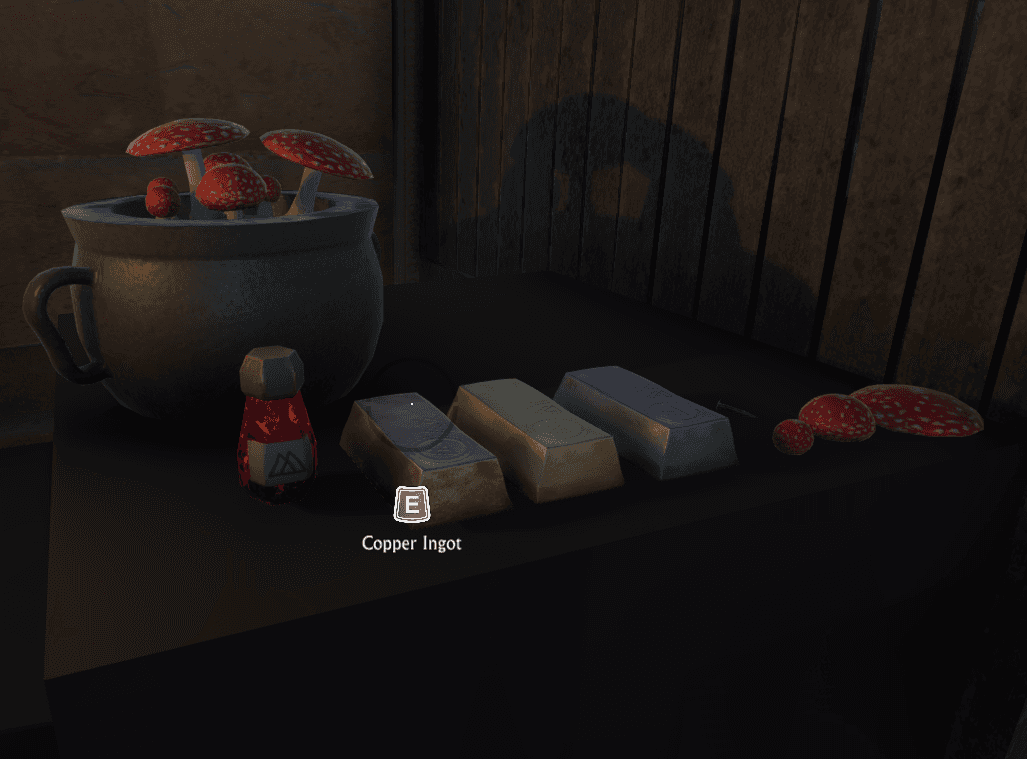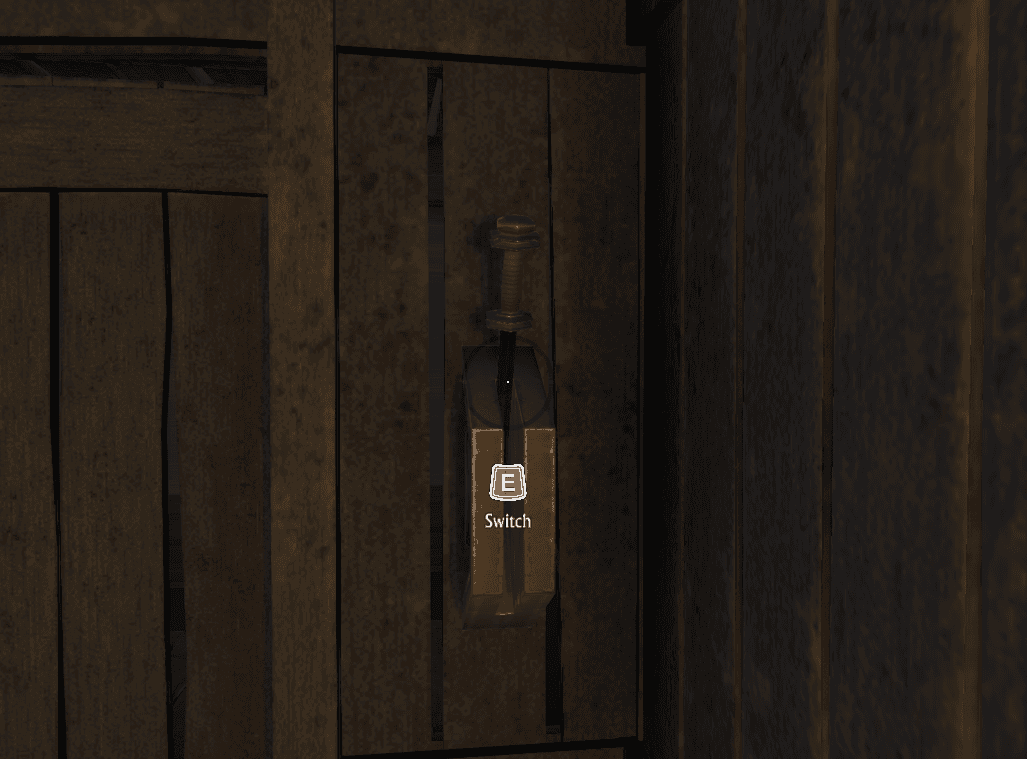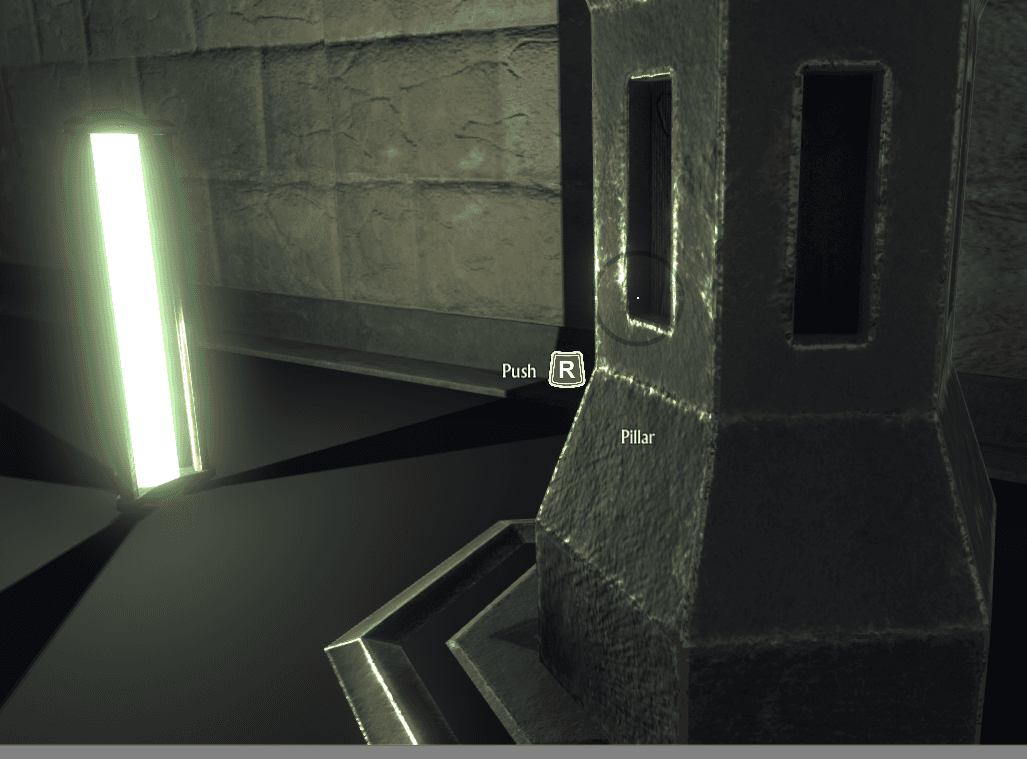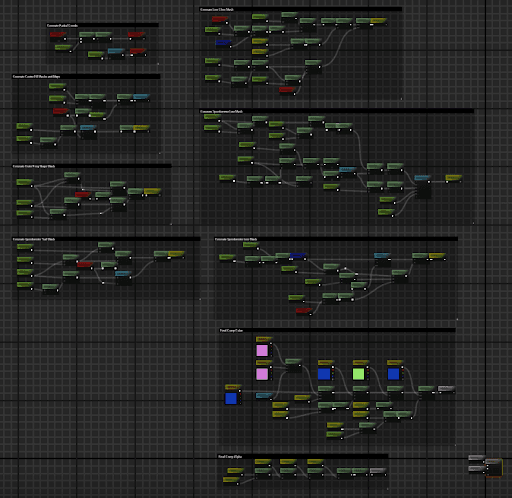Tapestry - A Creation-Kit Inspired Unity Plugin
Using the backbone of design of Bethesda's Construction Kit applications for Morrowind and Oblivion, this plugin seeks to emulate the ease of use of creating levels
Role
UX/UI Designer
Role
UX/UI Designer
Role
UX/UI Designer
Industry
Health & Fitness
Industry
Health & Fitness
Industry
Health & Fitness
Duration
Tool Creation, Project Management, Unity, C#, Game Design, UI Design, UX
Duration
Tool Creation, Project Management, Unity, C#, Game Design, UI Design, UX
Duration
Tool Creation, Project Management, Unity, C#, Game Design, UI Design, UX



Stage 1. User Research
Engaged with over 100 students and educators through online surveys, in-depth interviews, and virtual focus groups to gather comprehensive insights into their learning habits, preferences, and frustrations with current educational tools. This exhaustive research phase highlighted the need for more interactive and collaborative learning solutions, leading to the development of detailed user personas representing the app's target audience.
Stage 2. Ideation & Conceptualization
Led creative workshops involving stakeholders and fellow designers to brainstorm innovative features that address the identified needs. Mapped out several user journey scenarios to visualize how users would interact with the proposed features, fostering a collaborative environment and promoting engagement through gamified learning experiences.tead, algorithms and logic-based solutions ought only provide humans with better insight so as to empower us to arrive at better solutions, faster.
Stage 3. Design Execution
Wireframing: Developed over 60 wireframes for various app screens, meticulously planning each element of the user interface to ensure intuitive navigation and a seamless learning experience. These wireframes served as the foundation for the app's structure, focusing on facilitating easy access to educational content and interactive features.
Prototyping: Utilized advanced features in Figma to create interactive prototypes, enabling realistic user interactions. Conducted live prototype demonstrations to stakeholders, providing a tangible sense of the app's look and feel, as well as its functionality.
UI Design: Crafted a visually appealing and accessible user interface, selecting a color palette that promotes concentration and creativity, alongside typography that improves readability across various devices. Integrated feedback from stakeholders to refine the UI, ensuring that it not only looks appealing but also aligns with educational goals.
Stage 1. User Research
Engaged with over 100 students and educators through online surveys, in-depth interviews, and virtual focus groups to gather comprehensive insights into their learning habits, preferences, and frustrations with current educational tools. This exhaustive research phase highlighted the need for more interactive and collaborative learning solutions, leading to the development of detailed user personas representing the app's target audience.
Stage 2. Ideation & Conceptualization
Led creative workshops involving stakeholders and fellow designers to brainstorm innovative features that address the identified needs. Mapped out several user journey scenarios to visualize how users would interact with the proposed features, fostering a collaborative environment and promoting engagement through gamified learning experiences.tead, algorithms and logic-based solutions ought only provide humans with better insight so as to empower us to arrive at better solutions, faster.
Stage 3. Design Execution
Wireframing: Developed over 60 wireframes for various app screens, meticulously planning each element of the user interface to ensure intuitive navigation and a seamless learning experience. These wireframes served as the foundation for the app's structure, focusing on facilitating easy access to educational content and interactive features.
Prototyping: Utilized advanced features in Figma to create interactive prototypes, enabling realistic user interactions. Conducted live prototype demonstrations to stakeholders, providing a tangible sense of the app's look and feel, as well as its functionality.
UI Design: Crafted a visually appealing and accessible user interface, selecting a color palette that promotes concentration and creativity, alongside typography that improves readability across various devices. Integrated feedback from stakeholders to refine the UI, ensuring that it not only looks appealing but also aligns with educational goals.






Tapestry was my senior project when I was in school at Ferris.
Rather than building a small game like many of my peers, I wanted to create tools and utilities. I was primarily inspired by the Elder Scrolls Toolkit/Creation Kit I had been playing with since high school. I wanted to do something similar, but more approachable.









Tapestry is a series of scripts and editor extensions that handle many fundamental gameplay elements common to adventure and western RPG style games, such as doors, interactable objects like switches, persistent time of day, object behavior scheduling based on the time of day, and inventory items. All inspectors are set up with a sensible human-readable layout, and top level inspectors include instructions visible in the editor interface itself.
The end goal of all of these components was to demonstrate that a user could very quickly build a functional level filled with player interaction. Using what I had built during the semester, I created a small level with some very simple puzzles to solve in less than 24 hours (including the time it took to create the art assets!) to show off at the end of year senior project expo.
Tapestry is a series of scripts and editor extensions that handle many fundamental gameplay elements common to adventure and western RPG style games, such as doors, interactable objects like switches, persistent time of day, object behavior scheduling based on the time of day, and inventory items. All inspectors are set up with a sensible human-readable layout, and top level inspectors include instructions visible in the editor interface itself.
The end goal of all of these components was to demonstrate that a user could very quickly build a functional level filled with player interaction. Using what I had built during the semester, I created a small level with some very simple puzzles to solve in less than 24 hours (including the time it took to create the art assets!) to show off at the end of year senior project expo.

